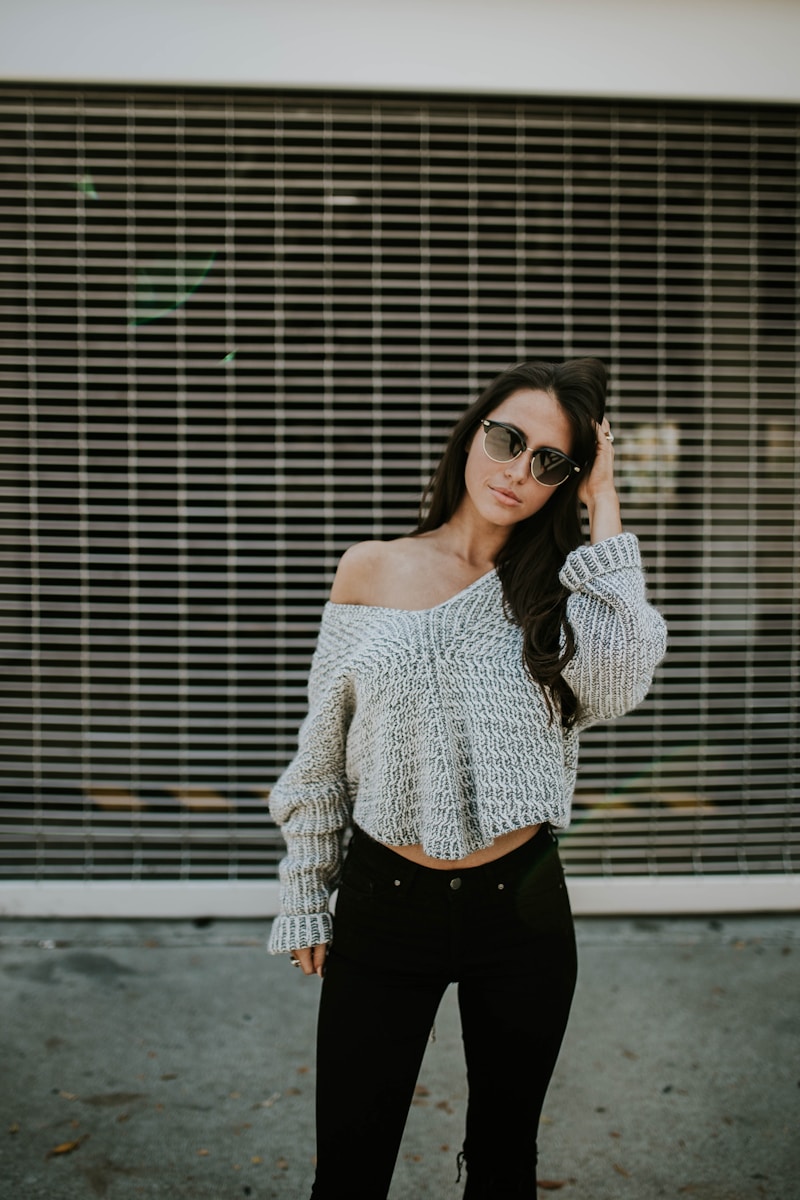Understanding Accessory Styles
When it comes to personal fashion, the accessories you choose can make or break your overall look. Two predominant styles dominate the accessory landscape: classic and contemporary. This article will explore the differences between classic and contemporary accessory choices, helping you determine which style best represents your personality and complements your outfits.
What Are Classic Accessories?
Classic accessories are timeless pieces that never go out of style. They often emphasize elegance, simplicity, and craftsmanship. Materials like leather, gold, and silver are commonly used, creating a sophisticated aesthetic. Examples of classic accessories include:
- Pearl necklaces
- Leather handbags
- Silk scarves
- Wristwatches with minimalistic designs
- Stud earrings
Characteristics of Classic Accessories
Classic accessories have several defining traits:
| Timelessness | Classic accessories are designed to withstand changing fashion trends, maintaining their appeal over the years. |
| Versatility | They can be worn with various outfits, from casual to formal, making them a staple in any wardrobe. |
| High-quality materials | Classic accessories often boast superior craftsmanship, using premium materials that add longevity and value. |
What Are Contemporary Accessories?
In contrast to classic accessories, contemporary choices reflect current trends and innovative designs. They are often more experimental and can include unexpected materials and shapes, such as acrylic, mixed metals, or even biodegradable components. Examples include:
- Chunky statement necklaces
- Colorful crossbody bags
- Asymmetrical earrings
- Bamboo or wood accessories
- Fashion-forward sunglasses
Characteristics of Contemporary Accessories
Contemporary accessories are known for their boldness and fresh appeal:
| Trend-driven | Contemporary accessories change frequently, aligned with seasonal trends and fashion shows. |
| Creative designs | They often showcase unique designs that challenge traditional norms, encouraging wearers to express their individuality. |
| Affordability | Contemporary accessories are often more budget-friendly, appealing to a younger audience or those wanting to experiment with style. |
Choosing Between Classic and Contemporary Accessories
Deciding whether to embrace classic or contemporary accessories largely depends on your personal style, the occasion, and the message you wish to convey. Here are several factors to consider:
1. Personal Style
Your personal style is the most significant factor when choosing accessories. Those who appreciate timeless elegance may lean toward classic pieces, while trendsetters might prefer contemporary styles that showcase their fashion-forward mindset.
2. Occasion
Different occasions call for different accessories. For formal events, classic accessories like a pearl necklace or a refined clutch can add sophistication. In contrast, for a casual outing or a music festival, contemporary accessories such as a playful pair of statement earrings or a colorful handbag can infuse fun into your look.
3. Versatility
Consider how often you’ll wear each accessory. Classic pieces often serve multiple purposes, easily transitioning from day to night. On the other hand, contemporary accessories can be seasonal, sometimes limited to specific trends that may fade quickly.
Combining Classic and Contemporary Accessories
Many fashion enthusiasts find joy in blending both styles. A well-curated mix can create a unique personal style that honors tradition while embracing current trends. Here are some tips to help you successfully combine classic and contemporary accessories:
1. Balance Proportions
When mixing classic and contemporary accessories, aim for balance. If you choose a bold contemporary piece like oversized earrings, consider pairing them with an understated classic outfit, such as a little black dress. Conversely, if you wear classic pearl earrings, consider a trendy, vibrant handbag to add a pop of color.
2. Choose a Common Theme
To create cohesion, select accessories that share a common theme, such as color or material. For instance, wearing a classic leather handbag alongside contemporary shoes in a matching color can pull the entire look together.
3. Mind the Occasion
Adhere to the principles of classic and contemporary accessories according to the event. For business meetings or formal gatherings, stick to classic pieces, while casual outings may allow for more contemporary experimentation.

Popular Questions Regarding Accessory Choices
Q1: Can classic accessories be worn for modern styles?
Absolutely! Classic accessories can elevate modern outfits, adding a sophisticated touch. Pairing a vintage clutch with jeans and a stylish top can create a chic yet casual look.
Q2: Are contemporary accessories suitable for formal occasions?
While typically associated with casual wear, certain contemporary pieces can work for formal events. Opt for elegant contemporary designs with minimal embellishments to maintain a sophisticated appearance.
Q3: How can I determine my accessory style?
Explore your wardrobe and take note of pieces you gravitate towards. Consider your lifestyle, preferences, and the occasions you frequently attend. This will give you a clearer understanding of whether you lean towards classic, contemporary, or a mix of both.
Q4: Are there accessories that fall into both categories?
Yes! Some accessories can straddle the line between classic and contemporary. For example, a simple gold cuff bracelet can be timeless yet modern, depending on how it's styled.
Conclusion and Recommendations
In the world of fashion, choosing between classic versus contemporary accessory choices ultimately hinges on individual style and occasion. While classic accessories offer timeless elegance, contemporary pieces allow for creativity and expression. Experimenting with both styles can lead to unique and personal fashion statements. Remember to assess your personal style, consider the occasion, and don’t hesitate to mix both styles to explore the best of both worlds!